What is an emotional backpack?
Each day, all of us encounter many thoughts, feelings, and experiences that we carry into the rest of the day and evening. Our emotional responses become part of our “emotional backpack”: They can weigh us down and affect how we move through the day. If we don’t get a chance to release some of those stored emotions, they can erupt, just like an overstuffed backpack. As parents, “backpack overflow” can be rough to experience or witness.
Some days are heavier than others. I’m sure all of us can think of a morning when things got stuffed into our own emotional backpack… Maybe our kids resisted our requests, someone forgot an essential item, everyone got upset, and raw feelings erupted. Then we went into our day and little things continued to add their weight. Eventually, we felt like we might burst. We may have erupted in some way to release all the pressures and heavy feelings we’d been carrying around all day. Then we felt guilty and frustrated.
Photo by Ali Kazal on Unsplash
So what’s a better way? Try visual images…
For me, visual images are particularly helpful to hold in mind when my children are unloading some big emotions or doing things I find annoying. An image that captures the energy of a situation can help me stay calm and curious so that I can be more present and patient. Here are some of my favorites.
[Click for a free 5 Visual Ways to Lighten Your Backpack Poster, created by my intern Cara Chow.]
Be mindful of your own state of being. Picture your inner landscape.
Photo by Kabita Darlami on Unsplash
If you’ve had a rough day, be aware that you need to release your own emotions and that you are more vulnerable to being reactive. You may not have much time to release in a big way (i.e. exercise, journaling, talking with a friend, going outside), in which case you have to be intentional about finding some small ways to lighten your emotional backpack.
For example, you might need to give yourself 5 minutes to close your eyes, feel your feelings, and visualize something that helps you feel more relaxed, such as a peaceful place. If you’ve done an Inner Counselor™ meditation with me, you have some great tools from that experience. Email me with the subject “Inner Counselor” if you want to learn more.
Stay centered. Imagine yourself as an anchor.
Photo by Simon Abrams on Unsplash
Remember that your child is unloading big emotions from the day when you see behavior that stirs up reactions from others. If you can keep yourself anchored and calm, you are more able to weather their storm and make wise decisions. Be prepared to give undivided attention, separate kids, listen to feelings, and/or guide them into a more positive way of releasing emotion.
Maintain perspective. Take the balcony view.
Photo by Luca Florio on Unsplash
From this vantage point, you can survey the scene that is unfolding and keep a helpful perspective. For example, “My child is feeling Hungry, Angry, Lonely, or Tired (HALT acronym) and I need to attend to those feelings first.” Or, “My child is out of sorts and actually needs some love and a big hug instead of discipline or problem solving.” Or maybe, “I don’t know what is going on with my child, so I need to take some time to be curious and listen to help figure out what’s going on.”
Redirect with a light, playful touch. Think of a rainbow unicorn.
Photo by Merritt Thomas on Unsplash
One of my clients came up with this great image to help her keep things light and playful when her kids are carrying around heavy emotional backpacks and acting out. Laughter is a wonderful way to release. If your child is in the beginning part of the arc of emotional expression (not in a full-blown tantrum), use your imagination to shift the energy through playful words, movement, or challenges.
Not sure how to be playful? Here are three things to try…
Use your voice and words: Whispering, talking in a funny voice or as a character, making a little joke, or being silly can loosen things up and help your child re-regulate through laughter and connection with you.
Photo by Sai De Silva on Unsplash
Invite physical play: Visiting a playground, playing tag, catching bubbles, and taking a walk help everyone feel better. If you need to be inside, pillow fights, gentle roughhousing, jumping on a trampoline, hugging out the mad feelings, and dancing to music are great ways to get the body moving. Countless studies show that movement is one of the best ways to help you and your child release emotion and connect. Check out The Joy of Movement by Kelly McGonigal.
Photo by Katherine Hanlon on Unsplash
Engage the mind: Mental challenges are an excellent way to move the brain activity from the amygdala (Fight, Flight, Freeze or Frazzle) to the pre-frontal cortex (thinking, planning, executing). Ask your child an interesting question or pose a challenge. (“How high do you think you can stack all of those blocks?” or “What would your friend or teacher say if you said…” or “How fast do you think we can…(name a task that you can do together)?”
Photo by Karla Hernandez on Unsplash
Ask for help. Imagine a helping hand.
Photo by Lina Trochez on Unsplash
If your inner resources are depleted, you may need to reach out to others. Sometimes our own emotional backpacks are too full and we need help. Get clear on your needs so you can make specific requests. Don’t be afraid to ask a partner, friend, babysitter, neighbor, or your child’s school if you need more support. You can also schedule a Clarity Call or email me if you need some help.
[Click for a free 5 Visual Ways to Lighten Your Backpack Poster, created by my intern Cara Chow.]
Conflicts offer opportunities for growth and connection
There will be times when our best efforts to be calm, anchored or playful aren’t able to unload our child’s emotional backpack, and a good cry or yell happens instead. You can use those moments to be with your child to weather the storm together. Trust that your accompaniment goes a long way towards building connection. If you get into arguing, you and your child both get to know what’s important to each of you, even if you disagree. You can always go back and say something like, “Hey, I heard that you really want… and I know it’s hard to not get what you want. Let’s make a plan… (Offer a compromise, delayed gratification, or an alternative.)”
So when you feel that emotional backpack weighing you down or affecting your child or teen’s behavior, pause to accept the moment and feel it. Test out some of the visual images I’ve suggested or come up with your own to help you find positive ways to release these feelings. You’ll feel better and your children will, too!
Want more ideas? Check out these related blogs…
Four Ways to Ease into the School Year
Plan your next parent teacher conference with “the conference sandwich”
Breathe into more effective parenting
Who I serve: I coach parents from coast to coast in the US and internationally. Thanks to Zoom, I am currently coaching parents from Boston to Seattle, Connecticut to California, as well as New York, Ohio, and Colorado. I’ve worked with parents in Bermuda, Japan, Portugal, and Canada as well. I’m grateful for these global and domestic connections!





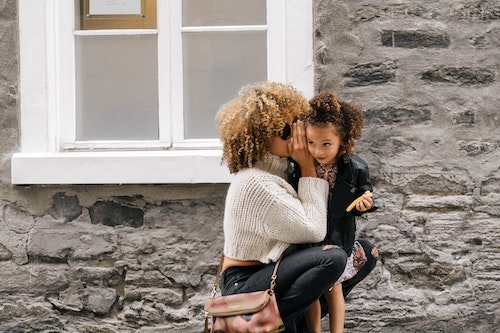
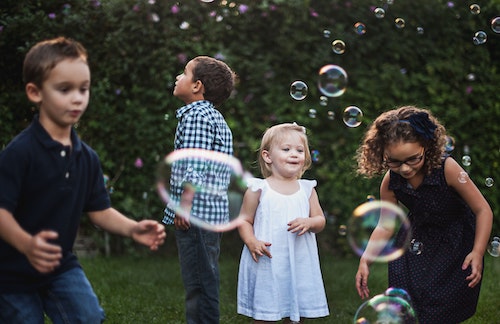
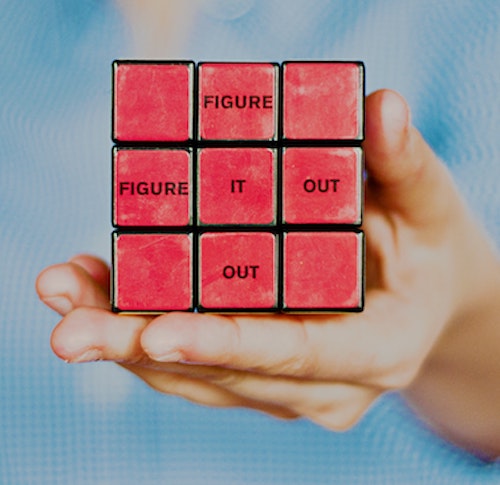
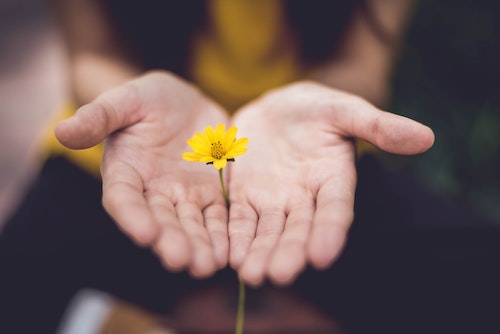





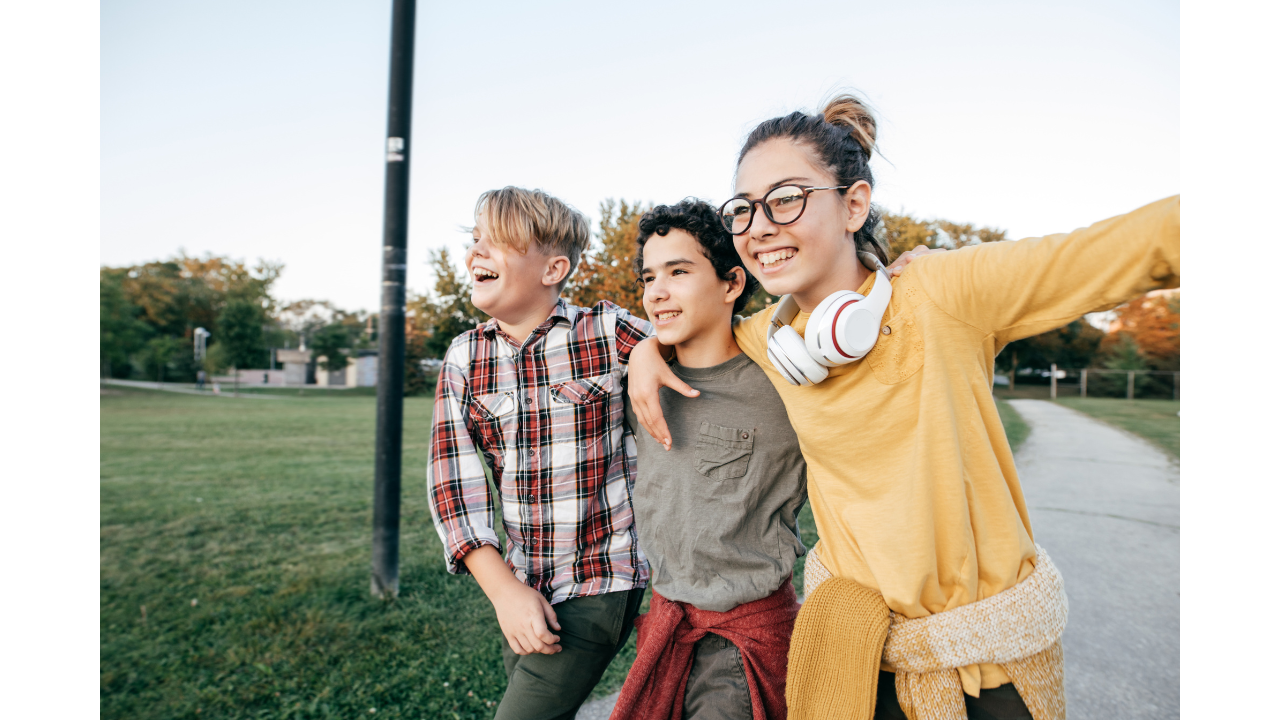
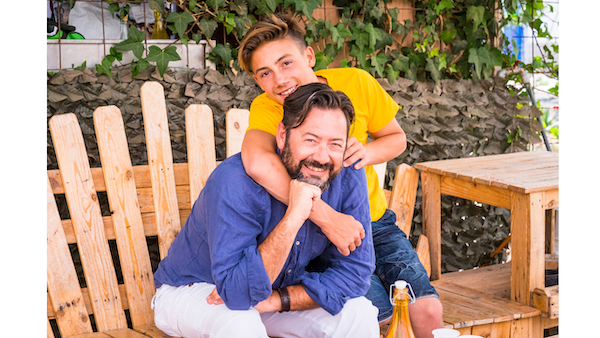
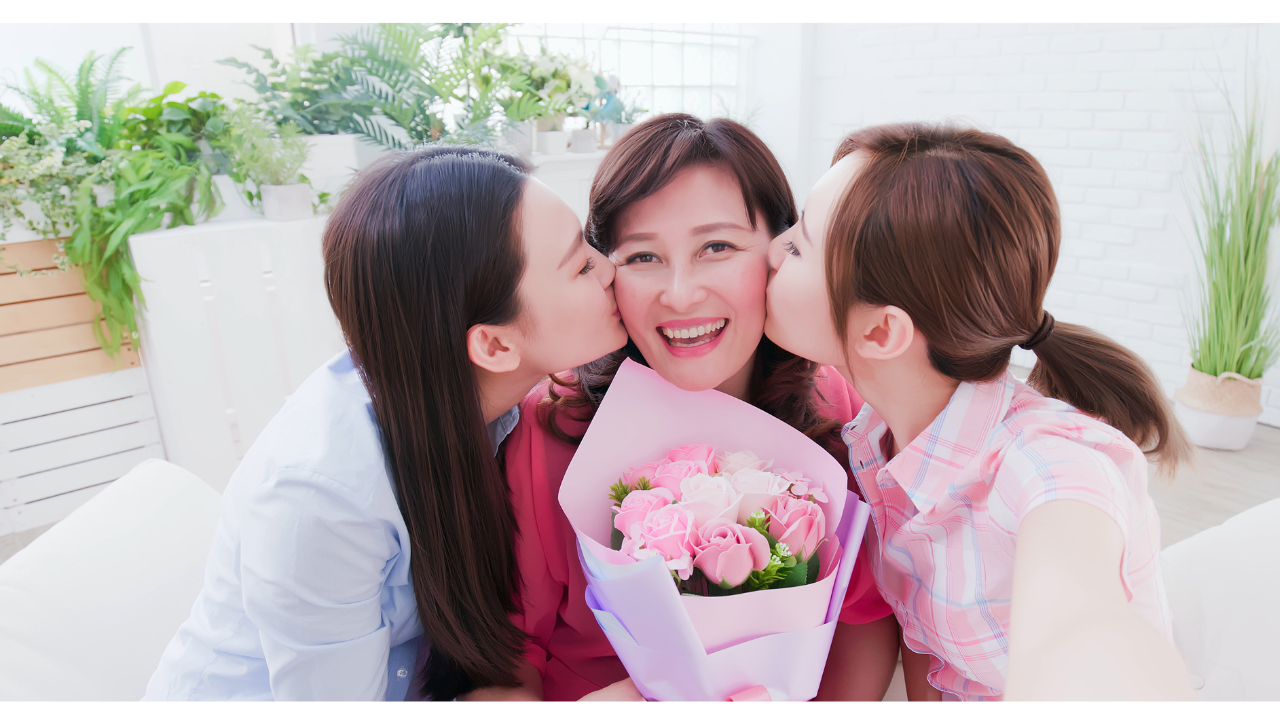

Leave A Comment